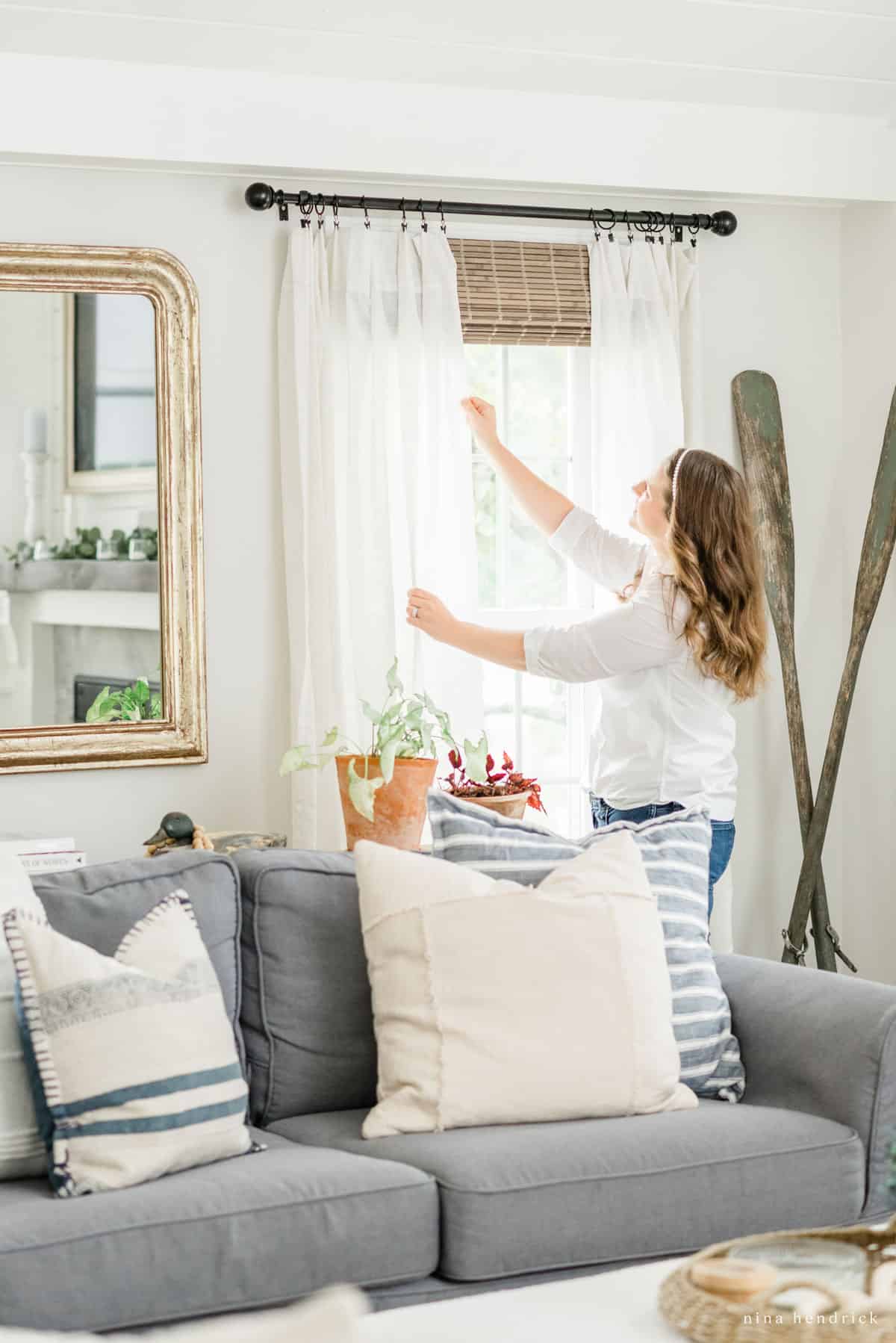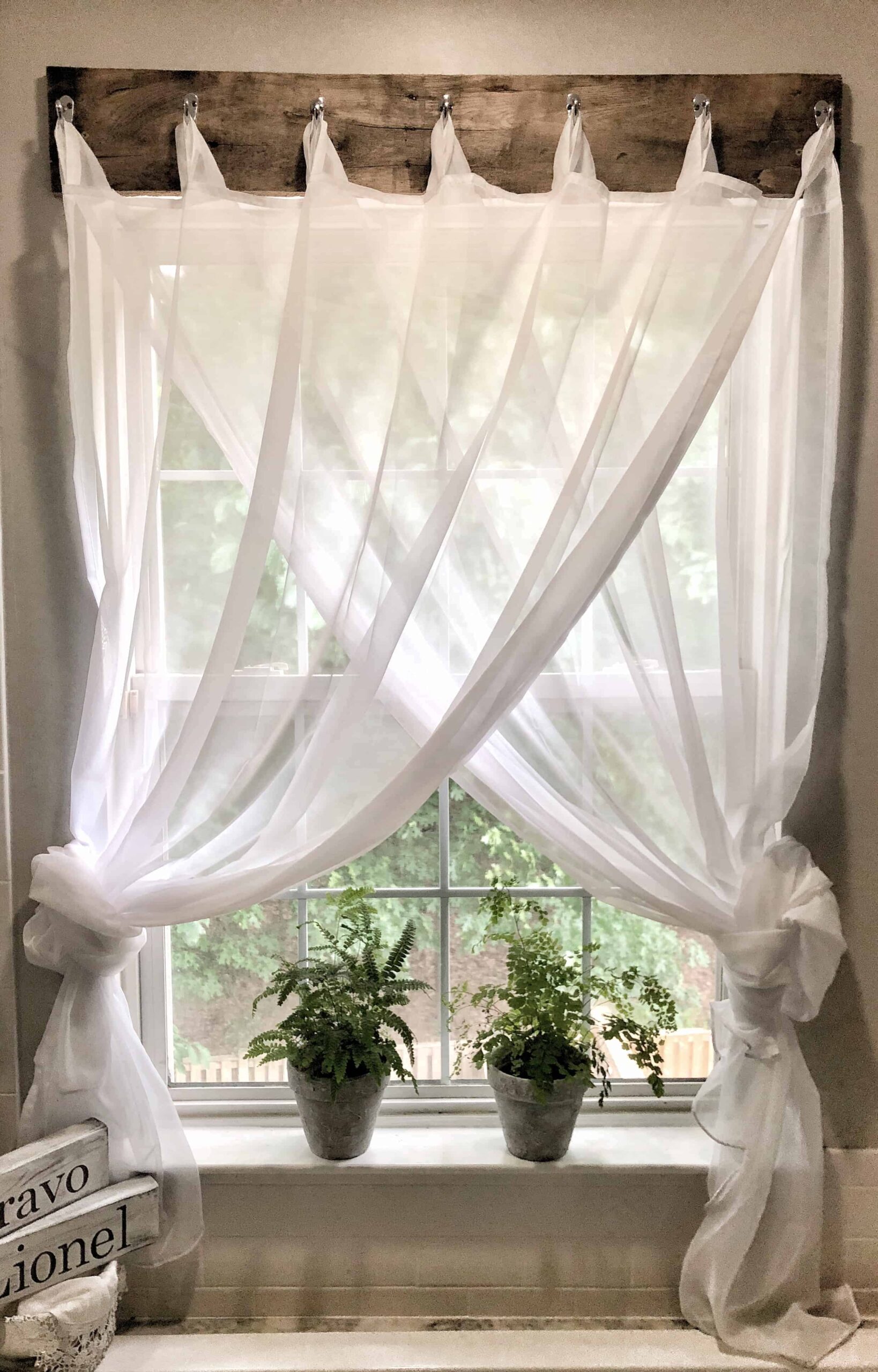The Ultimate Guide to Blinds: Types, Advantages, and Selecting the Right Suitable For You
The world of window therapies is huge and varied. Blinds are available in countless designs, each offering unique advantages for various settings. Comprehending these alternatives is important for making educated choices. Additionally, factors like material option and room capability play a substantial duty. As one thinks about the best equilibrium between visual appeals and practicality, the nuances of measuring and keeping blinds likewise arise as vital aspects. What should one focus on when choosing the suitable home window solution?
Kinds of Blinds: A Detailed Overview
Blinds function as both aesthetic and useful aspects in indoor layout, providing various options to suit diverse choices and demands. Amongst one of the most prominent kinds are Venetian blinds, defined by straight slats that can be adjusted for light control and privacy. Roller blinds, recognized for their simpleness and versatility, come in a series of patterns and materials, making them suitable for traditional and modern-day settings. Vertical blinds, commonly made use of for bigger home windows or gliding doors, enable easy modification and are usually made from textile or plastic.
Roman blinds, with their elegant folds, add a touch of class to any kind of room, while cellular tones provide insulation and energy effectiveness. Additionally, bamboo blinds use a natural, environmentally friendly choice, infusing rooms with heat. Each type has distinct functions and styles, making certain property owners can discover the ideal suitable for their certain design and useful needs.
Benefits of Installing Blinds in Your Home
The setup of blinds in a home supplies a number of considerable advantages. They offer boosted personal privacy control, permitting property owners to regulate presence from the exterior. Additionally, blinds add to energy efficiency by helping to handle indoor temperatures, decreasing the reliance on heating and cooling down systems.
Boosted Personal Privacy Control
Installing blinds supplies a considerable advantage in personal privacy control when homeowners seek to enhance their living areas. Blinds offer a functional option for regulating presence from both the interior and exterior of the home. By readjusting the slats or increasing the blinds, individuals can quickly take care of the quantity of light going into while simultaneously obstructing the sight from outside. This flexibility enables house owners to develop a comfortable ambience without compromising all-natural light. Furthermore, various designs and products are available, making sure that homeowners can choose choices that flawlessly blend with their decor while boosting privacy. Inevitably, the installation of blinds offers as a reliable means to secure personal area, encouraging relaxation and comfort within the home environment.
Energy Performance Renovation
Setting up blinds not just boosts personal privacy yet also significantly contributes to power efficiency in the home. By regulating all-natural light and decreasing heat transfer, blinds can aid preserve a regular interior temperature level. Throughout warmer months, closing blinds can obstruct out excessive sunlight, therefore reducing the reliance on cooling. Conversely, in cooler months, they can provide insulation by capturing warmth, lowering home heating expenses. In addition, energy-efficient blinds, such as mobile shades, are created particularly to minimize power loss. By buying top quality blinds, house owners can develop a more comfy living atmosphere while also decreasing power bills. Inevitably, the installation of blinds functions as a practical remedy for those seeking to boost both convenience and energy effectiveness in their homes.
Just how to Select the Right Blinds for Each Area
Just how can one figure out one of the most ideal blinds for every area in a home? The option process starts with evaluating the space's objective and environment. As an example, in living locations, versatile blinds that allow light control while making certain privacy are perfect. In bedrooms, blackout blinds can boost sleep quality by blocking out exterior light.
Bathrooms and kitchen areas need moisture-resistant choices to hold up against moisture, making plastic or faux timber blinds appropriate options. Furthermore, the preferred visual plays a crucial duty; working with blinds with the area's decor improves the total setting.
Consider the quantity of natural light each room gets; lighter blinds may be preferable for dark rooms, while darker choices can include heat to sunlit rooms. Inevitably, understanding certain demands and choices for functionality and design will assist house owners in making educated choices tailored to every space's special needs.
Product Options: Wood, Plastic, Textile, and More

Timber Blinds Conveniences
Wood blinds are a popular selection among property owners seeking a blend he said of aesthetic appeals and performance. One substantial advantage of timber blinds is their all-natural appeal, supplying a warm and welcoming appearance that improves any interior style. They are readily available in various coatings and shades, enabling for customization to match individual design. Additionally, timber blinds provide exceptional light control and personal privacy, as their slats can be easily adjusted to filter sunlight while keeping seclusion. Their sturdiness is another advantage; with appropriate care, timber blinds can last for years without shedding their charm (Phoenix blinds). In addition, they have insulating residential or commercial properties, aiding to control interior temperature levels and possibly lowering power prices. Overall, wood blinds combine elegance and practicality, making them an optimal choice for many homes
Vinyl Longevity Features
Plastic blinds stand out for their outstanding toughness, making them a sensible selection for various environments. These blinds are resistant to wetness, making them ideal for locations such as restrooms and kitchen areas where humidity can be a problem. Unlike wood, plastic does not warp, crack, or fade under sunlight, ensuring resilient efficiency and marginal maintenance. Additionally, they are offered in a variety of shades and styles, enabling property owners to personalize their appearance without compromising resilience. Plastic blinds are also simple to clean; an easy clean with a moist towel is commonly enough to maintain them looking fresh. In general, their durability and reduced upkeep make vinyl a favored alternative among property owners seeking both performance and visual charm.

Fabric Options Review
Blinds can be found in a selection of material options that accommodate various visual and practical demands. Common materials include timber, plastic, and material, each offering one-of-a-kind benefits. Wood blinds supply a timeless, warm aesthetic and superb insulation but require maintenance to stop bending. Vinyl blinds are durable and moisture-resistant, making them suitable for high-humidity areas like shower rooms and cooking areas. Fabric blinds, available in various shades and patterns, offer versatility and soft qualities, boosting home decor while giving varying degrees of light filtration. Additionally, options like faux wood offer the look of natural timber with added toughness. When choosing blinds, it is essential to assess the certain requirements of each space to ensure peak performance and style.
Determining and Setting Up Blinds: Tips for Success
Although gauging and mounting blinds might seem straightforward, mindful attention to information is necessary for attaining an ideal fit. Initially, it is important to gauge the window frame accurately, keeping in mind both the width and height. For inside mounts, subtract a tiny quantity from the width to assure a clean fit, while outside places need to extend past the framework for far better light control and appearances. Utilizing a steel tape step is suggested for precision.
When mounting, gather all necessary tools, such as a degree, drill, and screws. Adhering to the manufacturer's directions is vital to guarantee proper setup. It is a good idea to pre-drill holes to protect against damaging the brackets. Furthermore, having a 2nd person can make the procedure smoother, especially when lifting larger blinds. Finally, after installment, examination the blinds to validate they operate efficiently and adjust as required for maximum performance.
Maintenance and Take Care Of Long-Lasting Blinds
Appropriate maintenance and care can considerably prolong the life expectancy of home window coverings. Normal cleaning is vital; using a soft fabric or find this a microfiber duster can efficiently eliminate dust without scraping surface areas. For deeper cleaning, a mild remedy of soap and water is advised, used with a soft sponge, guaranteeing that no dampness leaks into the systems.
For fabric blinds, spot cleaning is recommended, while wooden blinds must be treated with a wood-safe cleaner to preserve their coating. Avoid exposing blinds to excessive moisture, warmth, or direct sunshine, which can result in warping or fading.
Furthermore, regular assessment of cables and mechanisms can stop damage. It's a good idea to follow maker guidelines for certain materials, as different blinds may have unique care requirements. By adopting these simple upkeep methods, homeowners can assure their blinds continue to be practical and visually pleasing for years ahead.
Frequently Asked Questions
Can Blinds Help Reduce Power Costs in My Home?
Blinds can effectively reduce power expenses in a home by offering insulation, blocking heat during summer season, and maintaining heat in winter season. Their capacity to regulate light and air flow boosts energy efficiency throughout the year.
Are There Child-Safe Options for Blinds?
Yes, there are child-safe choices for blinds. These include cordless layouts, retracting cords, and safety and security gadgets that get rid of dangling cords, making certain a safe setting for youngsters while keeping functionality and visual charm in homes.

Exactly How Do Blinds Compare to Drapes or Shades?
Blinds typically offer a lot more specific light control and room performance than tones or curtains. Phoenix shades installation. They are typically less complicated to maintain and clean, while drapes provide a softer aesthetic, and tones can offer varying insulation benefits
Can I Customize the Shade and Design of My Blinds?
Yes, blinds can be customized in both design and color. Numerous makers provide a variety of choices, enabling customers to select products, patterns, and tones that match their personal aesthetic and home decor.
What Is the Typical Life-span of Different Sorts Of Blinds?
The average life expectancy of blinds differs: wood blinds last 5-10 years, faux wood 7-10 years, aluminum 5-10 years, and material shades around 5 years, relying on use, maintenance, and direct exposure to sunlight.
Bathrooms and directory kitchen areas call for moisture-resistant options to stand up to moisture, making vinyl or faux wood blinds suitable options. Wood blinds provide all-natural elegance and heat, while plastic gives durability and simplicity of maintenance. One considerable advantage of timber blinds is their natural beauty, offering a warm and welcoming look that enhances any kind of indoor decoration. Additionally, timber blinds give excellent light control and privacy, as their slats can be conveniently adjusted to filter sunlight while maintaining seclusion. For fabric blinds, area cleansing is suggested, while wood blinds need to be treated with a wood-safe cleaner to keep their surface.